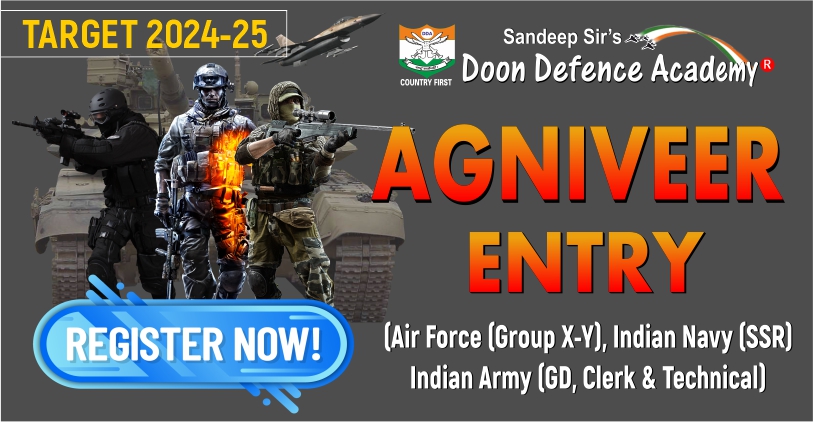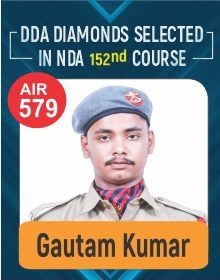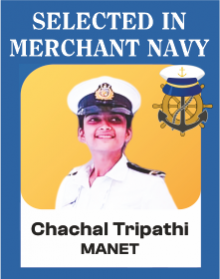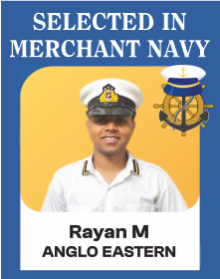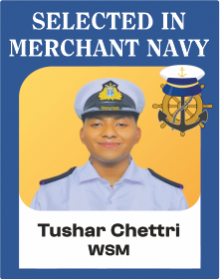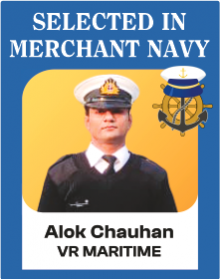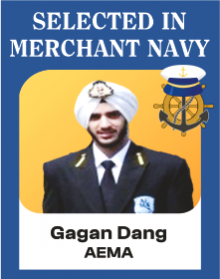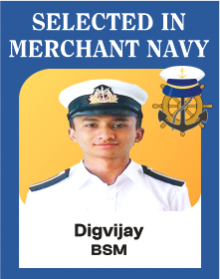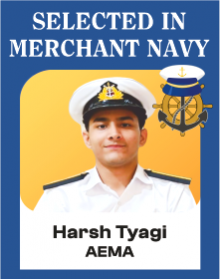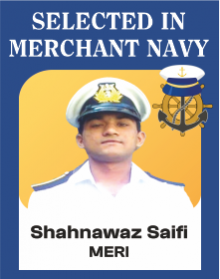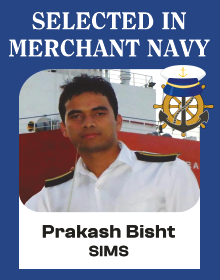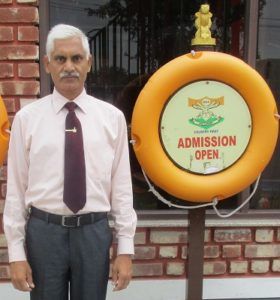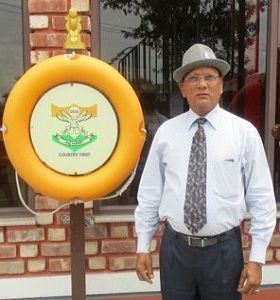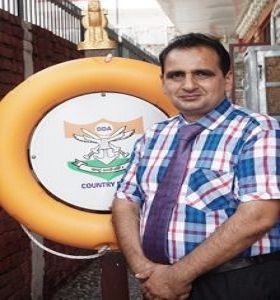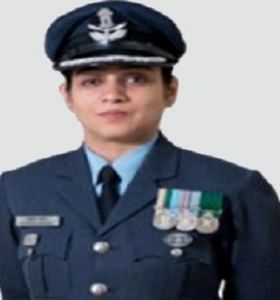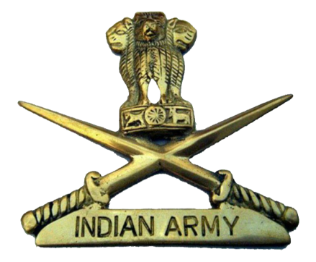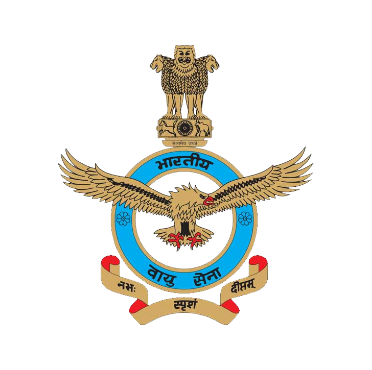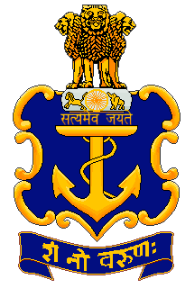
Best NDA Coaching in Dehradun.
Sandeep Sir’s Doon Defence Academy is a leading institute for NDA Coaching in Dehradun. Doon Defence Academy is one of the finest Institutions, where a student can learn about all the ethics of living an inspiring and glorious life. Make Career in Defence and Merchant Navy with Doon Defence Academy. Join Doon Defence Academy for Defence Coaching. The Academy's high NDA exam selection rate, experienced Faculties, exceptional library, and state-of-the-art framework all make a positive and energizing opportunity for growth.
Thus, we come to a conclusion that Doon Defence Academy is the best defence coaching institute in Dehradun and across the country due to the excellent result of highest selection of its students in the armed forces because of its holistic approach to provide a well structured academic guidance and mentorship for both written exams and SSB interview for NDA and other related Defence Competitive exams.
Let us look at the various aspects of the NDA exam and why Doon Defence Academy is the best defence coaching in Dehradun for NDA exam preparation. Doon Defence Academy is the most popular choice among young defence aspirants for the best NDA coaching in Dehradun.
Doon Defence Academy has proudly given more than “13500 Selections in Last 20 years”.
Best NDA Coaching in Dehradun
Doon Defence Academy is the best nda coaching in dehradun to provides an integrated educational program to defence aspirants. Known for providing the Best NDA coaching in Dehradun to all the NDA aspirants, DDA has achieved magnificent results over the years. DDA also provides SSB-Interview classes free of cost for our students in Dehradun.Doon Defence Academy Motto “Country First”
Doon Defence Academy is the No.1 Institute for NDA Coaching in Dehradun, India. Call us 9897030757. Doon Defence Academy is the best NDA coaching in Dehradun giving NDA Classes to qualify of NDA written exam with SSB Interview. Now it’s your turn. Join the best National Defence Academy (NDA) training institute.
Founded by Mr. Sandeep Gupta, Submariner-Indian Navy (Retd.) in 2005, Doon Defence Academy has nurtured many brave soldiers and mariners under his excellent mentorship. Mr. Sandeep Gupta is popularly known as Sandeep Sir of Doon Defence Academy. He has left no stone unturned in giving the best education and guidance to young generation to Join Indian Armed Forces and Merchant Navy,
NDA Coaching Centre
Doon Defence Academy is the defence academy in Dehradun that provided NDA coaching to students who aspire to join the National Defence Academy (NDA) of India. The NDA is a joint services academy of the Indian Armed Forces, where cadets receive training in three main branches - the Army, Navy, and Air Force.
NDA Foundation coaching in Dehradun
Enroll in Doon Defence Academy NDA Foundation Coaching as it is the best NDA Foundation Coaching in Dehradun, a seamless blend of schooling with NDA preparation Designed for students transitioning from 10th to 12th grade, this comprehensive program equips them with the skills needed for NDA exams and SSB interviews. Take the first step towards your NDA journey today by joining our NDA Foundation Coaching in Dehradun.
Director's Message

Sandeep Gupta
Founder And Director of DDANDA Coaching
Because Doon Defence Academy not only prepares students for the NDA written exam Doon Defence Academy also helps them perform well in the SSB interview.♦Doon Defence Academy has Smart Class rooms which are fully air conditioned.
♦ Best faculty
♦ Best Study Material
♦ Best Infrastructure
♦ Biggest Obstacle Ground having latest equipment.
♦ Free SSB – Interview Coaching
♦ Affordable fees and availability of fee concession for various to those Doon Defence Academy Students who are children of Service men and ex- Service men.
♦ DDA provides quality-based interactive classes conducted by eminent faculties and great personal attention under the supervision of its Director – Sandeep Sir.
Know More

NOTIFICATION & EXAM DATE
NDA II – 2025 EXAM
Date of Notification : 28 May 2025
Last Date : 17 June 2025
Exam Date : 14 Sept 2025
REGULAR COURSE (ADMISSIONS OPEN)
Batch Starting : 03 March 2025
Batch Starting : 14 Apr, 21 & 28 Apr 2025
Coaching Duration :
Fee (01 Year) : Rs. 71,500/-
Fee (06 Months) : Rs. 58,300/-
Fee (04 Months) : Rs. 53,900/-
Hostel : Rs. 7000/- to Rs. 8500/- per month
If required)
Imp. Note: ⇒ For any course, the fee has to be paid once, we don’t have any provision that the fee should be paid in installments.
Imp. Note: ⇒ Free spoken English & Personality Development classes, physical training.
⇒ 12 days SSB – Interview classes will be given absolutely free of cost.
Join Doon Defence Academy and make a big difference in your life.
Click here to know more.
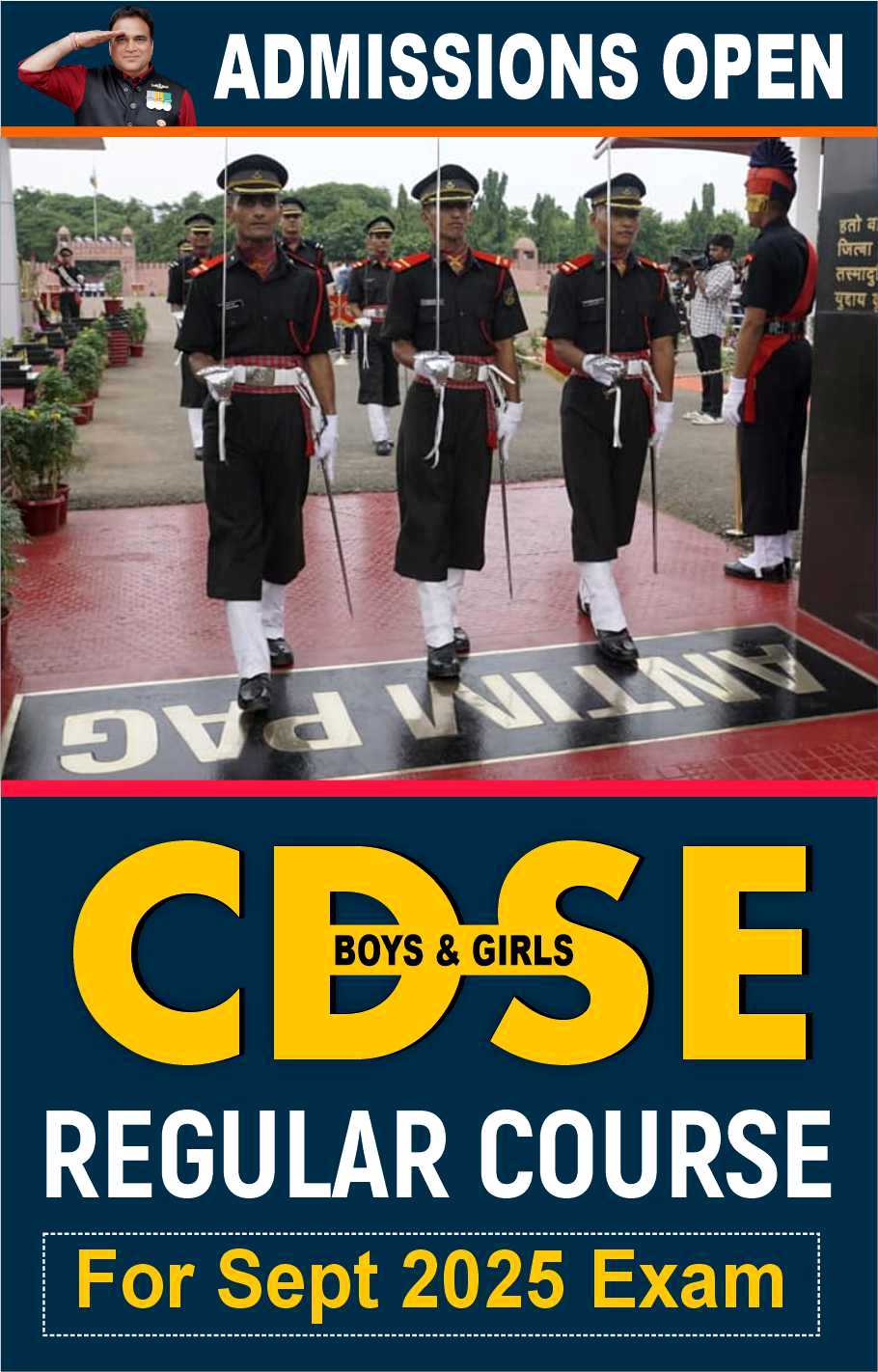
NOTIFICATION & EXAM DATE
CDSE II – 2025 EXAM
Date of Notification : 28 May 2025
Last Date : 17 June 2025
Exam Date : 14 Sept 2025
REGULAR COURSE (ADMISSIONS OPEN)
Batch Starting : 03 March 2025
Batch Starting : 14 Apr, 21 & 28 Apr 2025
Coaching Duration :
Fee (01 Year) : Rs. 67,100/-
Fee (06 Months) : Rs. 53,900/-
Fee (04 Months) : Rs. 50,600/-
Hostel : Rs. 7000/- to Rs. 8500/- per month
If required)
Imp. Note: ⇒ For any course, the fee has to be paid once, we don’t have any provision that the fee should be paid in installments.
Imp. Note: ⇒ Free spoken English & Personality Development classes, physical training.
⇒ 12 days SSB – Interview classes will be given absolutely free of cost.
Join Doon Defence Academy and make a big difference in your life.
Click here to know more.
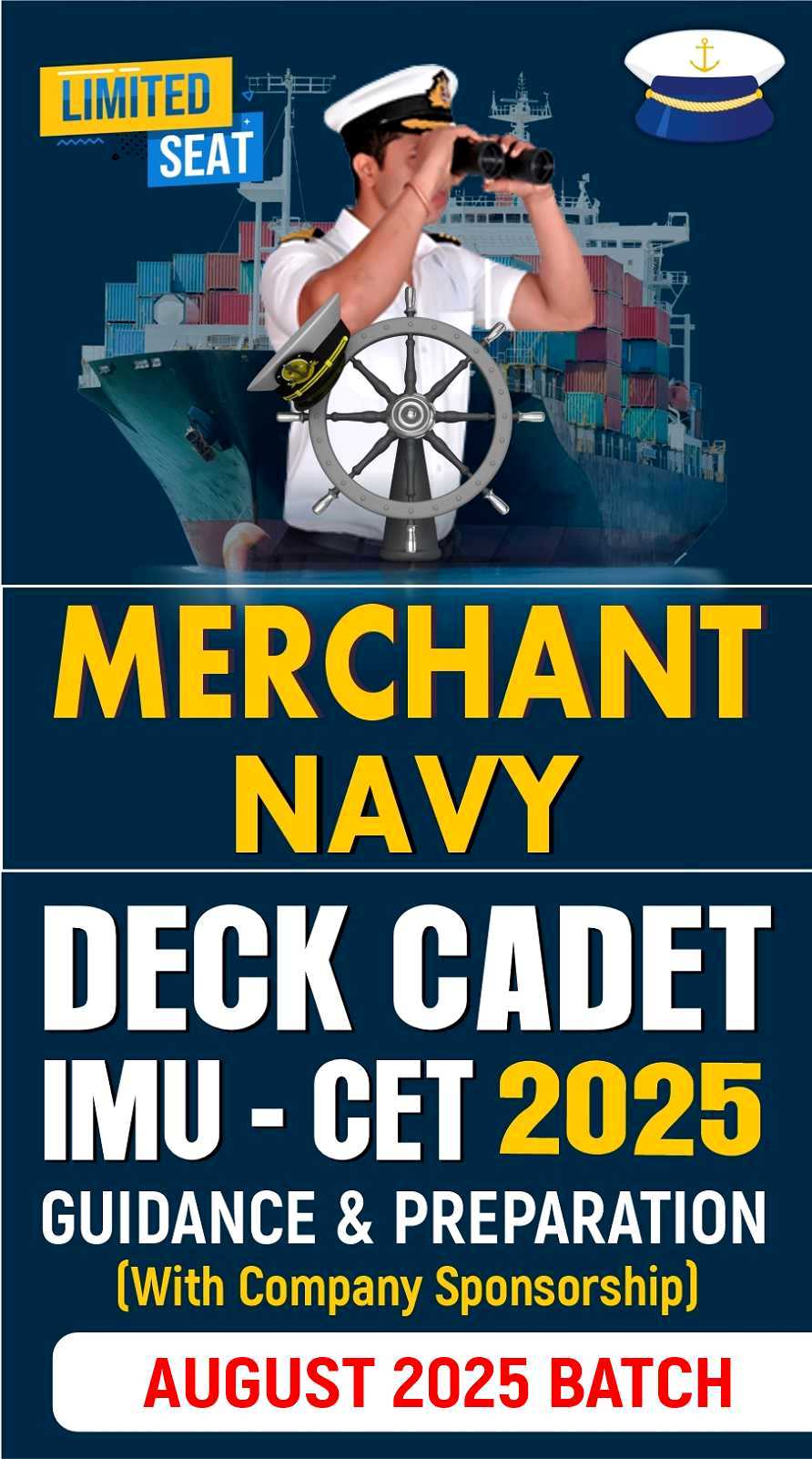
Coaching Schedule for Merchant Navy
AUGUST 2025 EXAM
REGULAR COURSE (ADMISSION OPEN)
Batch Starting : 17 Feb, 24 Feb & 03 Mar 2025
Fee : Rs. 62,000/-
Hostel : Rs. 7000/- to Rs. 8500/- per month
If required)
Imp. Note : ⇒ For any course, the fee has to be paid once, we don’t have any provision that the fee should be paid in installments.
Join Doon Defence Academy and make a big difference to your life.
Click here to know more.
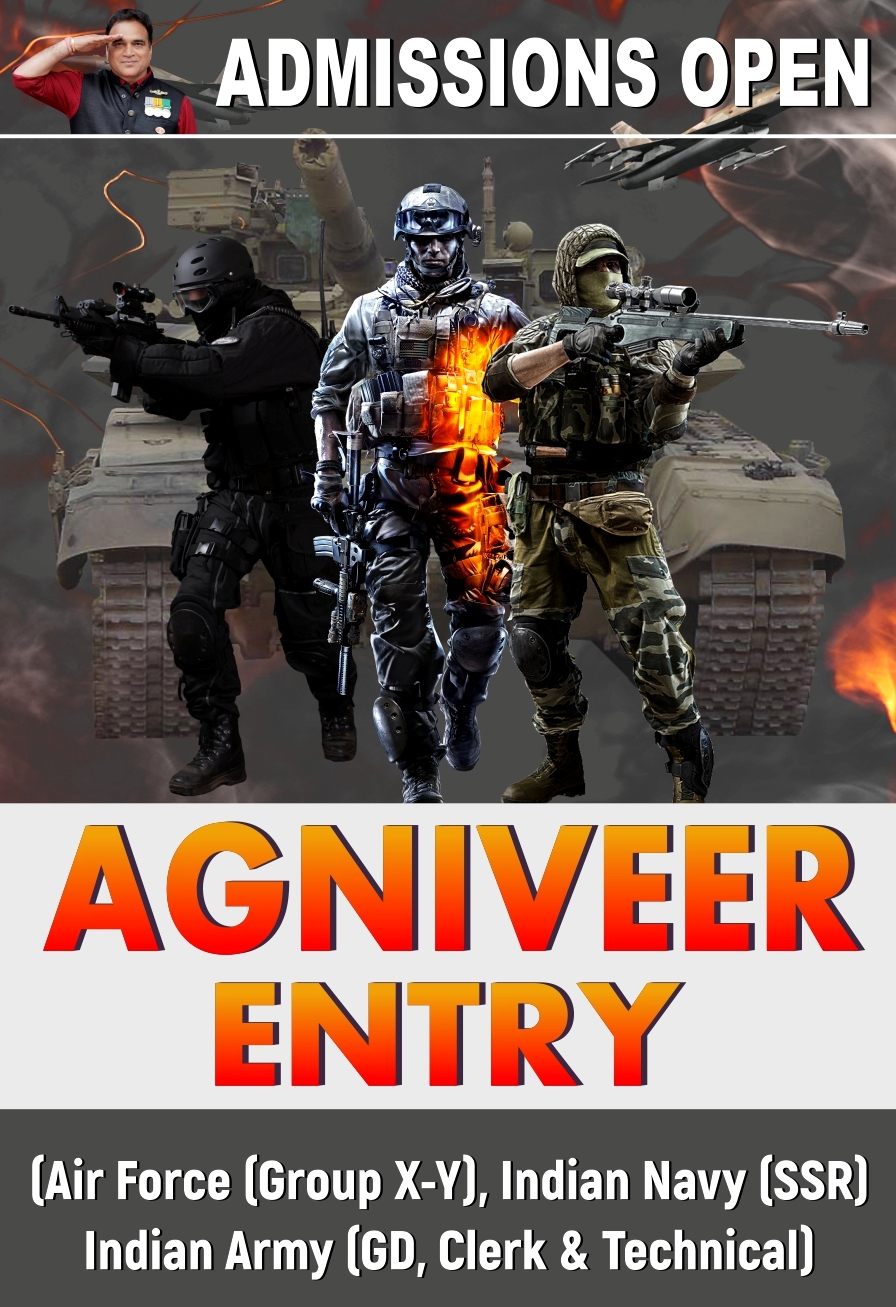
REGULAR COURSE (ADMISSIONS OPEN)
Batch Starting : 03 March 2025
Batch Starting : 14 Apr, 21 & 28 Apr 2025
Coaching Duration :
Fee (01 Year) : Rs. 42,000/-
Fee (06 Months) : Rs. 32,000/-
Fee (04 Months) : Rs. 22,000/-
Hostel : Rs. 7000/- to Rs. 8500/- per month
If required)
Imp. Note: ⇒ For any course, the fee has to be paid once, we don’t have any provision that the fee should be paid in installments.
Imp. Note: ⇒ Free spoken English & Personality Development classes, physical training.
⇒ 12 days SSB – Interview classes will be given absolutely free of cost.
Join Doon Defence Academy and make a big difference in your life.
Click here to know more.
The registration fee is Rs 1,000 for all the courses.

Imp. Note : ⇒ For any course, fee has to be paid once, we don’t have any provision that the fee should be paid in installments.
The Entire Course fee structure is listed under this tab. It is to bring to the kind notice of every parent that this fee structure includes Admission Fee, Study Material, Books, DDA T-Shirt, Bag and Student I-Card. The classes of spoken english and SSB-Interview are free of cost for DDA Students.
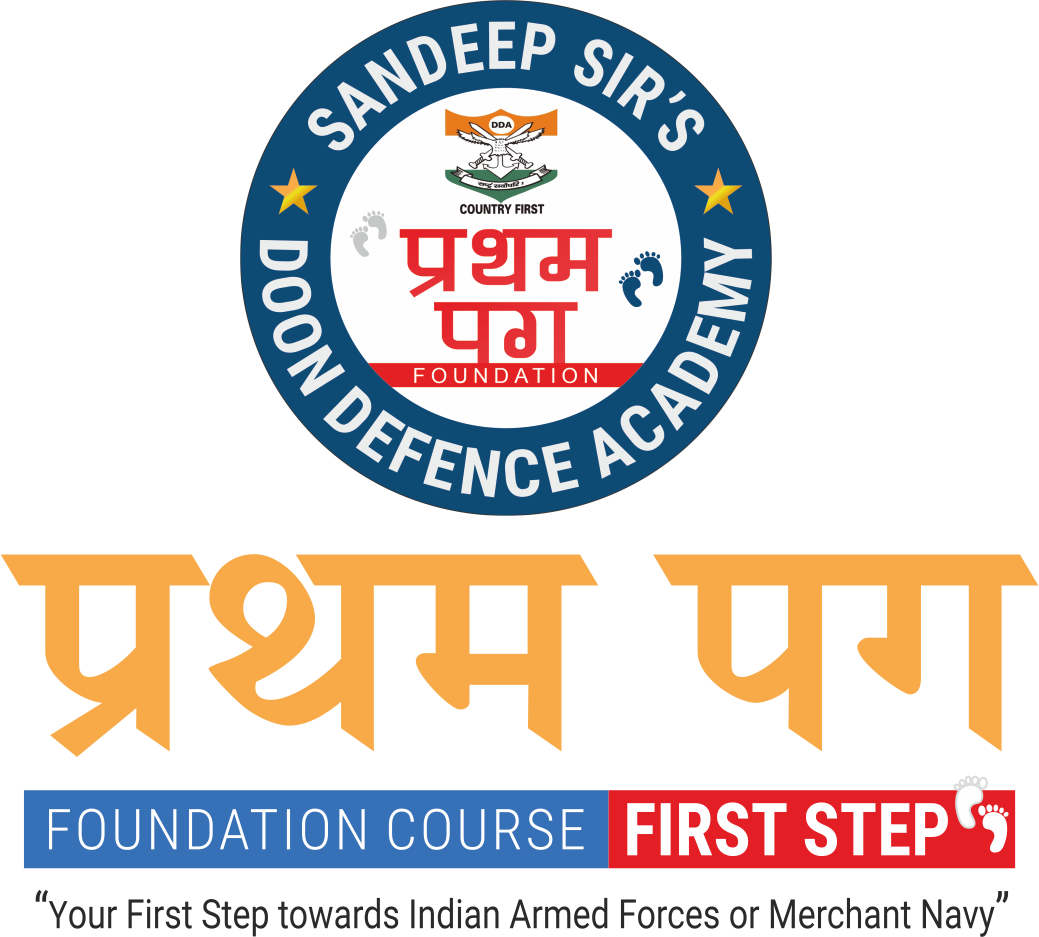
FOUNDATION COURSE
Making of quality citizens with job oriented Schooling & Training
(Class 8th – 12th Only CBSE Board) with
DEFENCE, MERCHANT NAVY & CUET PREPARATION (Class 8th to 12th RESIDENTAL PROGRAMS)
(Boys 8th – 12th and Girls Only 11th – 12th)
First Goal :- Good percentages in class X & XIIth
Second Goal :– Selection in Defence (NDA or Other Defence Exams), Merchant Navy or in some good college within six months after class 12th result.
Ultimate Goal:- Making the Cadets better human beings.
Registration open for the Academic Year 2025-26
(Only 10 Seats per state)
Selection Procedure:- Written Test + Interview + Medical Examination
An initiative which is completely based on RIMC pattern Under the Leadership of Mr. Sandeep Gupta, Submariner – Indian Navy (Retd.) (Director, Doon Defence Academy, Dehradun with More than 33 years of experience in the field of Defence Forces & Merchant Navy Entrance Exams)
Mentor:- Mrs. Divya Aswal Gupta ( Ex. Faculty, RIMC and Dy. Director, Doon Defence Academy, Dehradun)


NOTIFICATION & EXAM DATE
NDA II – 2025 EXAM
Date of Notification : 28 May 2025
Last Date : 17 June 2025
Exam Date : 14 Sept 2025
REGULAR COURSE (ADMISSIONS OPEN)
Batch Starting : 03 March 2025
Batch Starting : 14 Apr, 21 & 28 Apr 2025
Coaching Duration :
Fee (01 Year) : Rs. 71,500/-
Fee (06 Months) : Rs. 58,300/-
Fee (04 Months) : Rs. 53,900/-
Hostel : Rs. 7000/- to Rs. 8500/- per month
If required)
Imp. Note: ⇒ For any course, the fee has to be paid once, we don’t have any provision that the fee should be paid in installments.
Imp. Note: ⇒ Free spoken English & Personality Development classes, physical training.
⇒ 12 days SSB – Interview classes will be given absolutely free of cost.
Join Doon Defence Academy and make a big difference in your life.
Click here to know more.

NOTIFICATION & EXAM DATE
CDSE II – 2025 EXAM
Date of Notification : 28 May 2025
Last Date : 17 June 2025
Exam Date : 14 Sept 2025
REGULAR COURSE (ADMISSIONS OPEN)
Batch Starting : 03 March 2025
Batch Starting : 14 Apr, 21 & 28 Apr 2025
Coaching Duration :
Fee (01 Year) : Rs. 67,100/-
Fee (06 Months) : Rs. 53,900/-
Fee (04 Months) : Rs. 50,600/-
Hostel : Rs. 7000/- to Rs. 8500/- per month
If required)
Imp. Note: ⇒ For any course, the fee has to be paid once, we don’t have any provision that the fee should be paid in installments.
Imp. Note: ⇒ Free spoken English & Personality Development classes, physical training.
⇒ 12 days SSB – Interview classes will be given absolutely free of cost.
Join Doon Defence Academy and make a big difference in your life.
Click here to know more.

Coaching Schedule for Merchant Navy
AUGUST 2025 EXAM
REGULAR COURSE (ADMISSION OPEN)
Batch Starting : 17 Feb, 24 Feb & 03 Mar 2025
Fee : Rs. 62,000/-
Hostel : Rs. 7000/- to Rs. 8500/- per month
If required)
Imp. Note : ⇒ For any course, the fee has to be paid once, we don’t have any provision that the fee should be paid in installments.
Join Doon Defence Academy and make a big difference to your life.
Click here to know more.

REGULAR COURSE (ADMISSIONS OPEN)
Batch Starting : 03 March 2025
Batch Starting : 14 Apr, 21 & 28 Apr 2025
Coaching Duration :
Fee (01 Year) : Rs. 42,000/-
Fee (06 Months) : Rs. 32,000/-
Fee (04 Months) : Rs. 22,000/-
Hostel : Rs. 7000/- to Rs. 8500/- per month
If required)
Imp. Note: ⇒ For any course, the fee has to be paid once, we don’t have any provision that the fee should be paid in installments.
Imp. Note: ⇒ Free spoken English & Personality Development classes, physical training.
⇒ 12 days SSB – Interview classes will be given absolutely free of cost.
Join Doon Defence Academy and make a big difference in your life.
Click here to know more.
The registration fee is Rs 1,000 for all the courses.

Imp. Note : ⇒ For any course, fee has to be paid once, we don’t have any provision that the fee should be paid in installments.
The Entire Course fee structure is listed under this tab. It is to bring to the kind notice of every parent that this fee structure includes Admission Fee, Study Material, Books, DDA T-Shirt, Bag and Student I-Card. The classes of spoken english and SSB-Interview are free of cost for DDA Students.

FOUNDATION COURSE
Making of quality citizens with job oriented Schooling & Training
(Class 8th – 12th Only CBSE Board) with
DEFENCE, MERCHANT NAVY & CUET PREPARATION (Class 8th to 12th RESIDENTAL PROGRAMS)
(Boys 8th – 12th and Girls Only 11th – 12th)
First Goal :- Good percentages in class X & XIIth
Second Goal :– Selection in Defence (NDA or Other Defence Exams), Merchant Navy or in some good college within six months after class 12th result.
Ultimate Goal:- Making the Cadets better human beings.
Registration open for the Academic Year 2025-26
(Only 10 Seats per state)
Selection Procedure:- Written Test + Interview + Medical Examination
An initiative which is completely based on RIMC pattern Under the Leadership of Mr. Sandeep Gupta, Submariner – Indian Navy (Retd.) (Director, Doon Defence Academy, Dehradun with More than 33 years of experience in the field of Defence Forces & Merchant Navy Entrance Exams)
Mentor:- Mrs. Divya Aswal Gupta ( Ex. Faculty, RIMC and Dy. Director, Doon Defence Academy, Dehradun)

-

NOTIFICATION & EXAM DATE
NDA/CDSE I – 2025 EXAMDate of Notification : 11 Dec 2024
Last Date : 31 Dec 2024
Exam Date : 13 Apr 2025
CRASH COURSE (NDA/CDS-I,2025)
Coaching Duration : 01 Month
Batch Starting : 10 & 17 Mar 2025
NOTIFICATION & EXAM DATE
NDA/CDSE II – 2025 EXAMDate of Notification : 28 May 2025
Last Date : 17 June 2025
Exam Date : 14 Sept 2025
REGULAR COURSE (NDA-II,2025)
Coaching Duration & Fees
01 Year (Fee) : Rs. 71,500/-
06 Months (Fee) : Rs. 58,300/-
04 Months (Fee) : Rs. 53,900/-
Batch Starting : 03 Mar 2025
Batch Starting : 14,21 & 28 Apr 2025
REGULAR COURSE (CDSE-II,2025)
Coaching Duration & Fees
01 Year (Fee) : Rs. 67,100/-
06 Months (Fee) : Rs. 53,900/-
04 Months (Fee) : Rs. 50,600/-
Batch Starting : 03 Mar 2025
Batch Starting : 14,21 & 28 Apr 2025
Hostel : Rs. 7000/- to Rs. 8500/-
per month (If required)
Imp. Note: ⇒ For any course, the fee has to be paid once, we don’t have any provision that the fee should be paid in installments.
Join Doon Defence Academy and make a big difference to your life.
APPLY ONLINE |CLICK HERE|




